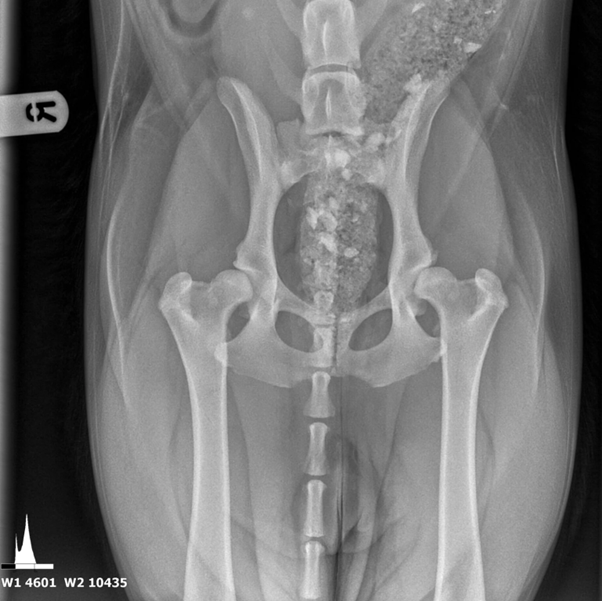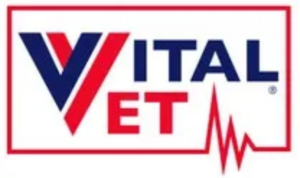Hip Dysplasia
Managing hip dysplasia in dogs involves a comprehensive approach aimed at alleviating pain, improving mobility, and slowing disease progression. While surgical intervention may be necessary in severe cases, conservative management, including physiotherapy, plays a crucial role in supporting affected dogs. Here’s how hip dysplasia can be managed in dogs:

1. Weight Management:
- Maintaining a healthy body weight is essential for dogs with hip dysplasia to reduce stress on the hip joints and minimize pain.
- A controlled diet and regular exercise tailored to the dog’s needs can help prevent obesity and promote musculoskeletal health.
2. Exercise Modification:
- Low-impact exercise, such as swimming or walking on soft surfaces, can help improve muscle strength, joint flexibility, and overall fitness without exacerbating hip pain.
- Avoid activities that involve jumping, running on hard surfaces, or sudden changes in direction, which can strain the hip joints.
3. Medication:
- Non-steroidal anti-inflammatory drugs (NSAIDs) such as carprofen or meloxicam are commonly prescribed to alleviate pain and inflammation associated with hip dysplasia.
- These medications should be used under veterinary supervision and monitored for potential side effects.
4. Joint Supplements:
- Oral supplements containing glucosamine, chondroitin sulfate, and omega-3 fatty acids may help support joint health, reduce inflammation, and slow the progression of hip dysplasia. We supply and support Antinol due to the high quality, cold pressed ingredients.
- While research on the efficacy of joint supplements in dogs is ongoing, some studies suggest potential benefits in improving joint function and comfort. We supply Collagen for dogs within our clinic which is thought to help improve the quality of cartilage within joints.
5. Physiotherapy Intervention:
- Physiotherapy plays a vital role in managing hip dysplasia by improving muscle strength, joint range of motion, and overall mobility.
- Therapeutic exercises, massage, manual therapy, and modalities such as laser therapy or therapeutic ultrasound can help alleviate pain, reduce stiffness, and enhance joint function.
- Specific physiotherapy techniques may include passive range of motion exercises, stretching, and strengthening exercises targeting the hip and surrounding muscles.
- A systematic review by Struessmann et al. (2021) suggests that physiotherapy interventions, including exercises and manual therapy, can improve pain, function, and quality of life in dogs with hip osteoarthritis.
Conclusion:
Effective management of hip dysplasia in dogs requires a multifaceted approach, combining weight management, exercise modification, medication, joint supplements, and physiotherapy intervention. By implementing a comprehensive management plan tailored to the individual dog’s needs, pet owners and veterinarians can help alleviate pain, improve mobility, and enhance the quality of life for dogs affected by hip dysplasia.
References:
- Struessmann et al. (2021). Physiotherapy interventions for canine hip osteoarthritis: a systematic review. Veterinary Evidence, 6(1), 1-9.
- Lust et al. (2017). Effects of a Therapeutic Aquatic Exercise Program on Clinical Signs and Gait Kinematics in Dogs with Hip Dysplasia. Journal of the American Animal Hospital Association, 53(4), 195-200.
- Bennet et al. (2019). Effect of dietary intervention and weight loss on gastrocnemius muscle mass in obese dogs. Journal of Veterinary Internal Medicine, 33(1), 318-325.
Contact Us
- 07300 020 514
- bookings@apolloanimalphysio.com
- apolloanimalphysio@gmail.com
- Apollo Animal Physiotherapy, Old Haine Road, Ramsgate, CT12 5AG






